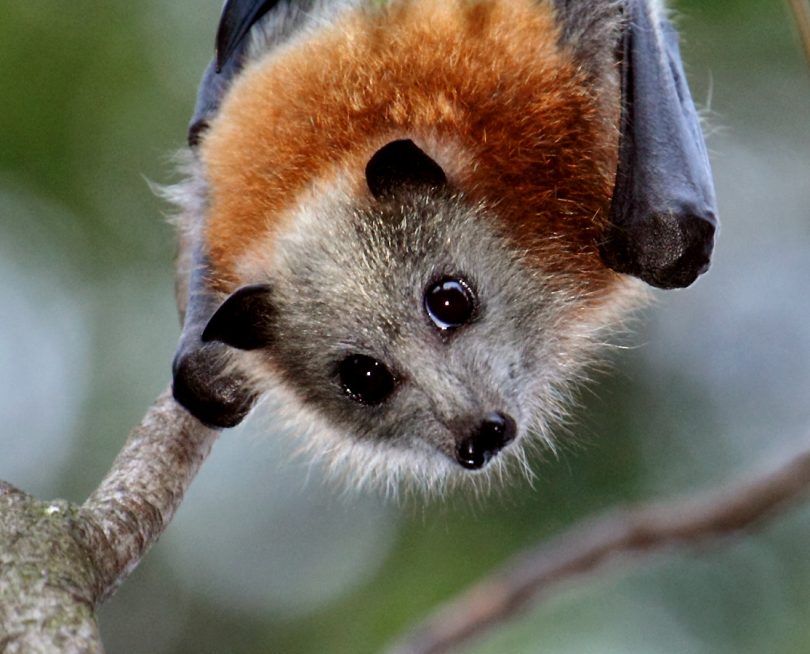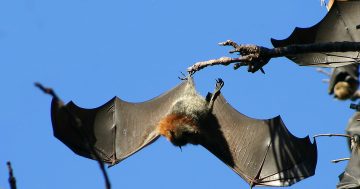
Bega Valley Shire Council is adopting a new plan to manage flying foxes at one of their wetland camps. Photo: Eurobodalla Shire Council.
The (flying fox) residents of a Bega wetland will be managed under a new plan endorsed by the shire council.
At its 22 May meeting, Bega Valley Shire councillors voted unanimously to adopt the Glebe Lagoon Flying-Fox Camp Management Plan.
Glebe Lagoon in Bega is a semi-permanent wetland area, home to a nationally important flying fox camp mostly inhabited by the grey-headed flying fox.
The camp is on council-owned land known locally as the Glebe Lagoon Park. It has been occupied each year since 2001, according to the council meeting agenda.
Under the management plan, a range of actions is set out.
These include an education campaign around flying-fox ecology, the creation of a portal where people can submit complaints, the addition of signage, creation of development controls and identification of ways wildlife carers can be supported in their efforts.
The camp will also be monitored once a quarter by Council staff and Friends of Glebe Wetlands (FoGW) members.
Ecologist and president FoGW president Hugh Pitty said the plan would help the council and other organisations plan for the site.
“With the council having adopted the management plan, we have a solid foundation of Council and the community working together,” Mr Pitty said.
“We need to keep working together to achieve a higher level of protection for the flying foxes and create the best way of both maximising biodiversity and supporting the community itself.”
FoGW was involved in creating the management plan, and the group has been organising monthly flyout counts of the flying-fox population since 2013.
“The reason that we need a camp management plan is because it [Glebe Lagoon] is the most significant site between Sydney and Melbourne since we lost the huge one near Milton,” Mr Pitty said.
“A whole rainforest gully was completely obliterated by the Currowan fire.”
The shire council will review the management plan every five years and consider the possibility of any changes.
Across the Bega Valley Shire Local Government Area, there are more than a dozen documented camps, including the one at Glebe Lagoon.
The draft plan was on public exhibition in late 2023, with 24 public submissions made in response to a range of proposed actions, according to the meeting agenda.
More than half of those submissions refer to inaccuracies in the ‘‘Maximum Extent Mapping’’ (the greatest observed spatial extent of the flying-fox camp from observations in the summer of 2020/21).
In the finalised version, Council staff have adjusted the maximum extent areas given.
The number of flying foxes at each camp is seasonally variable, and some camps are regularly occupied and others rarely used. At Glebe Lagoon, numbers peak around January and February.
“This is a high-priority breeding site that is so important for the grey-headed flying fox, which is a keystone species,” Mr Pitty said.
“Extinction is forever. If we lose the grey-headed flying fox, we’ll lose the health of the forest.”
The Glebe Lagoon Flying-Fox Camp Management Plan is available via the council’s website.









